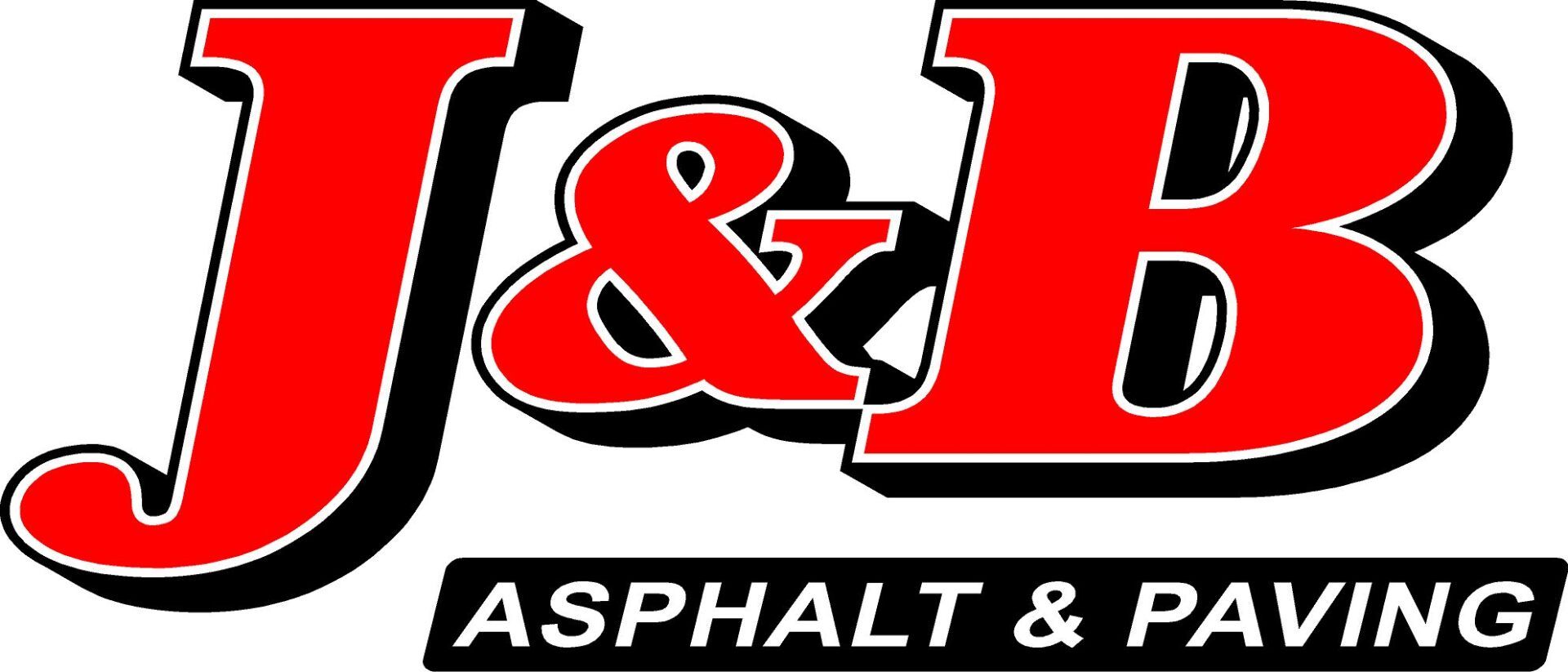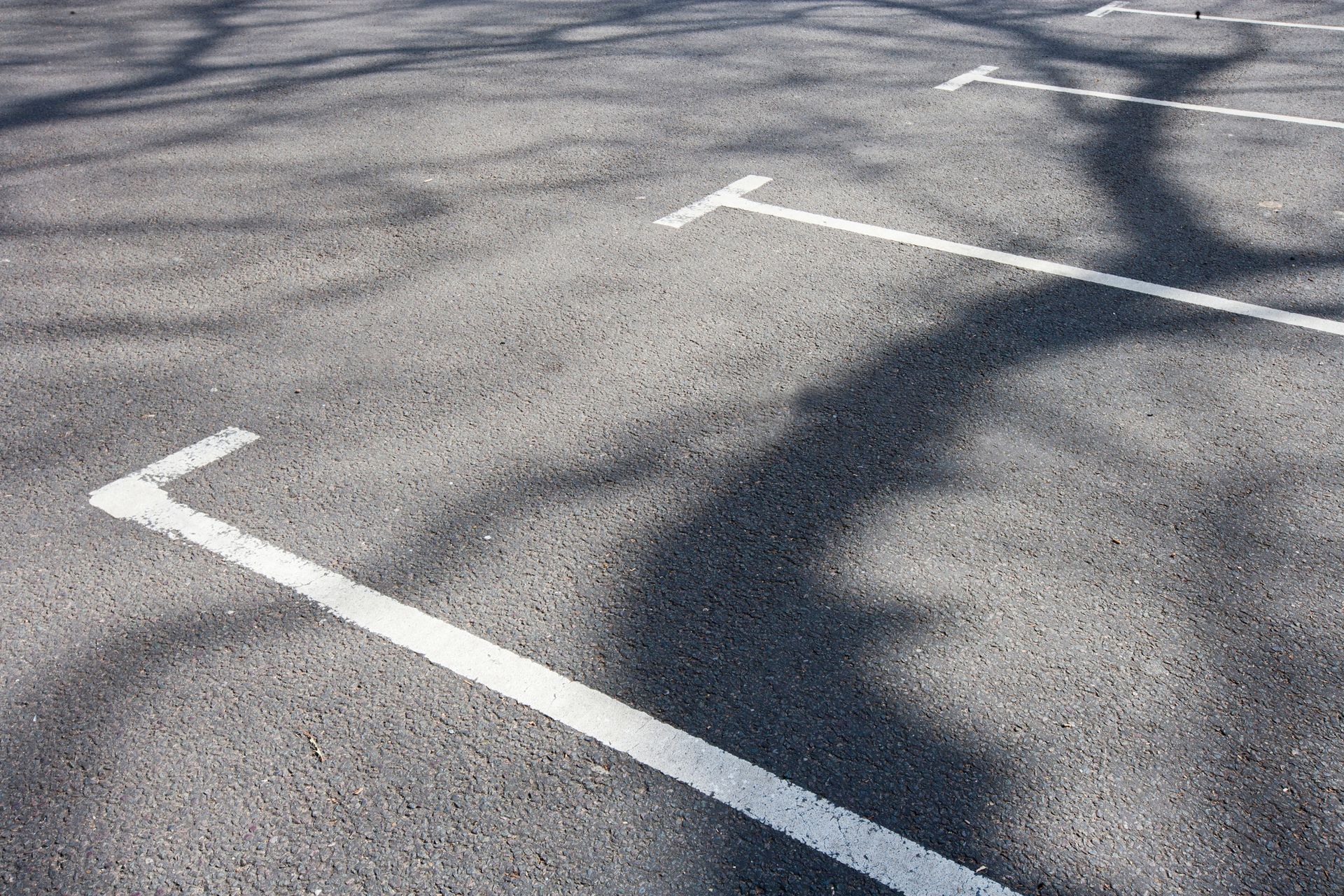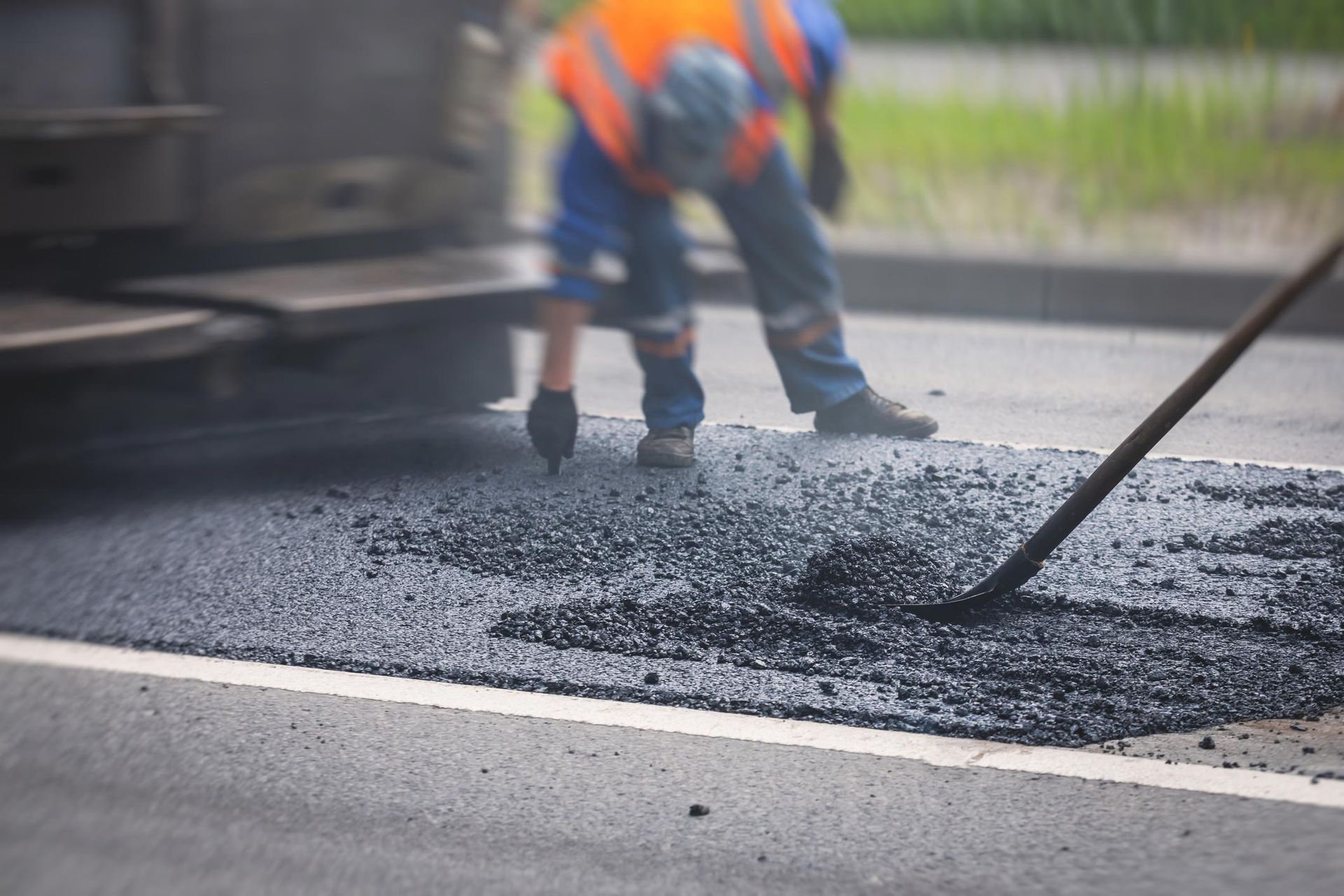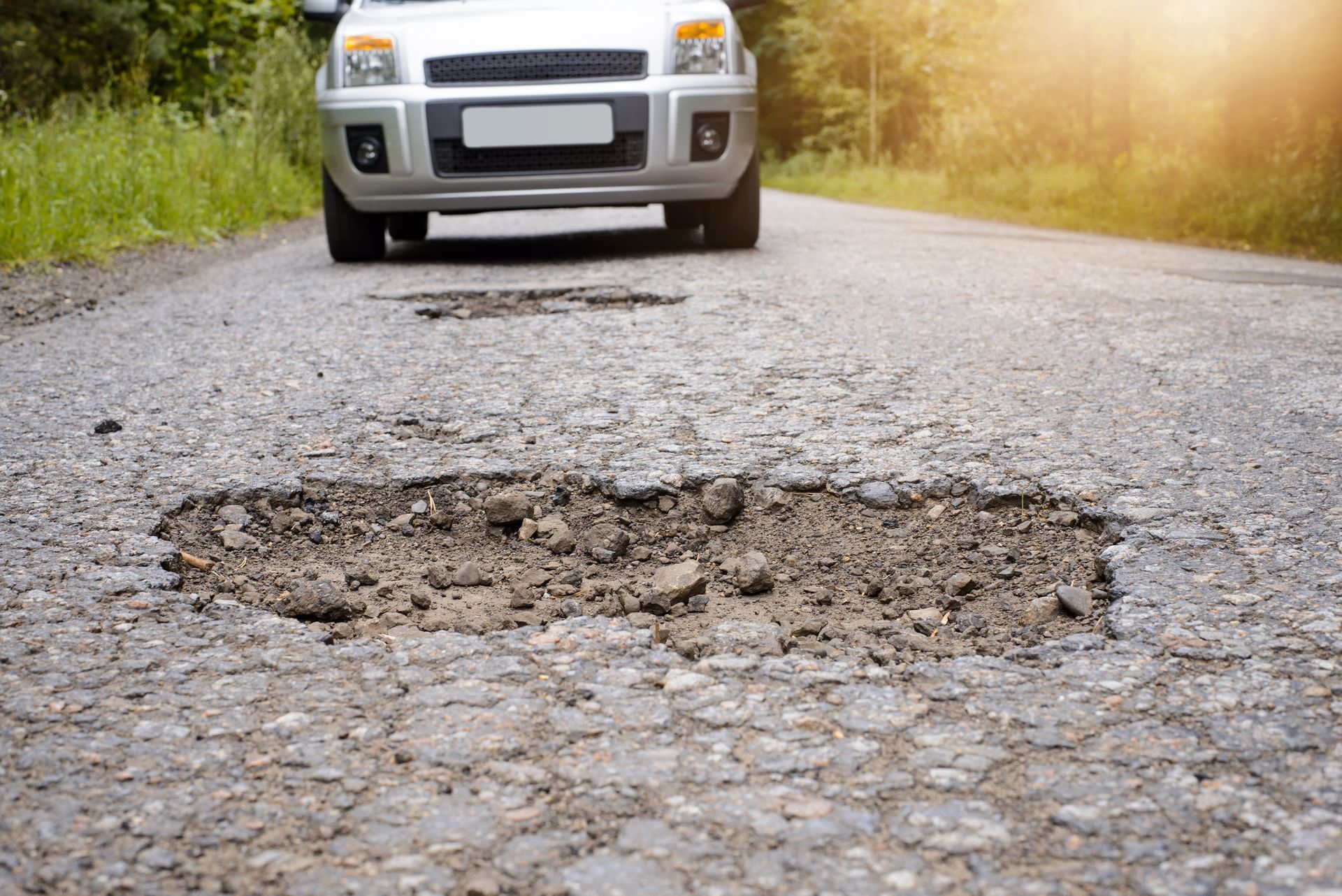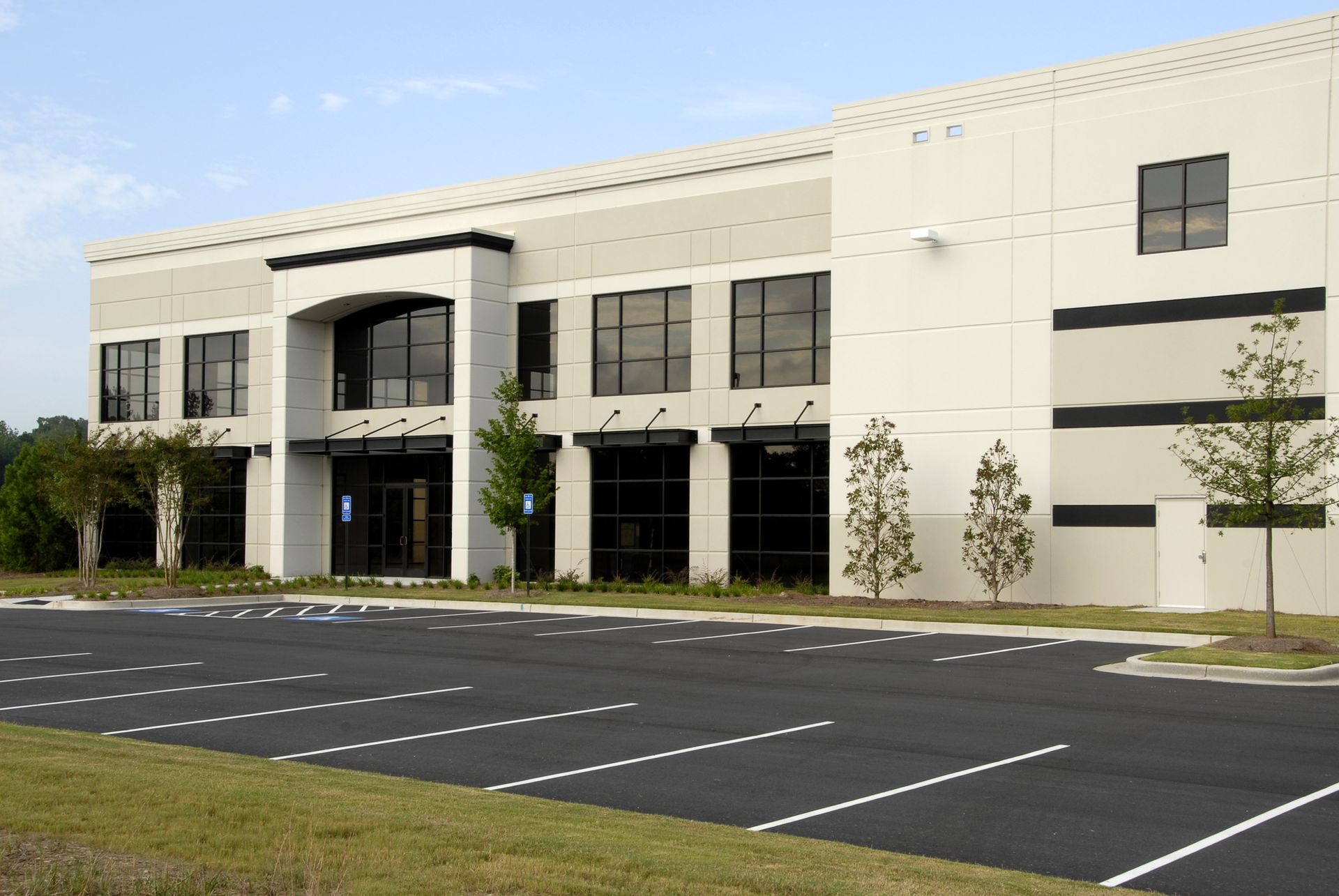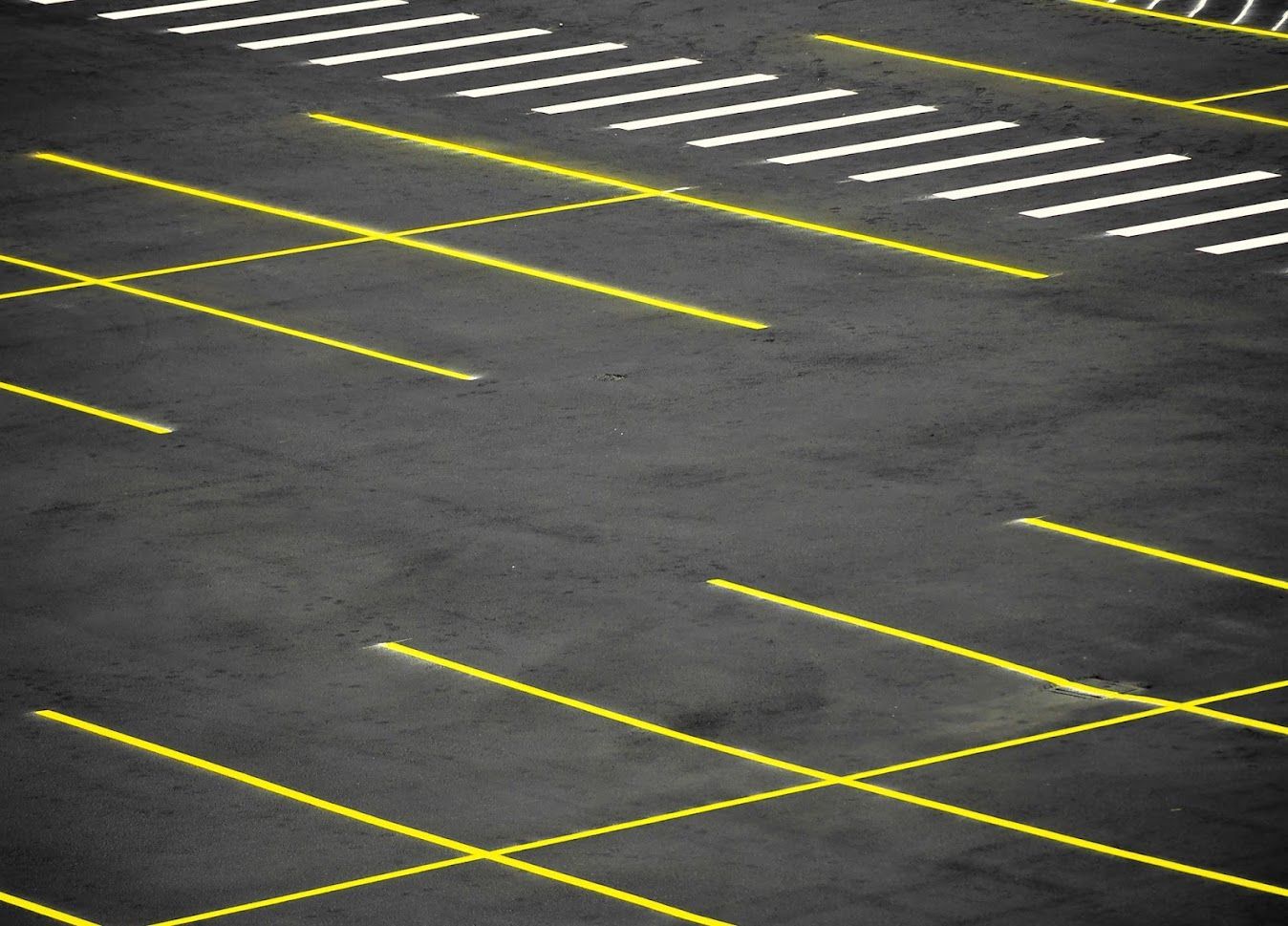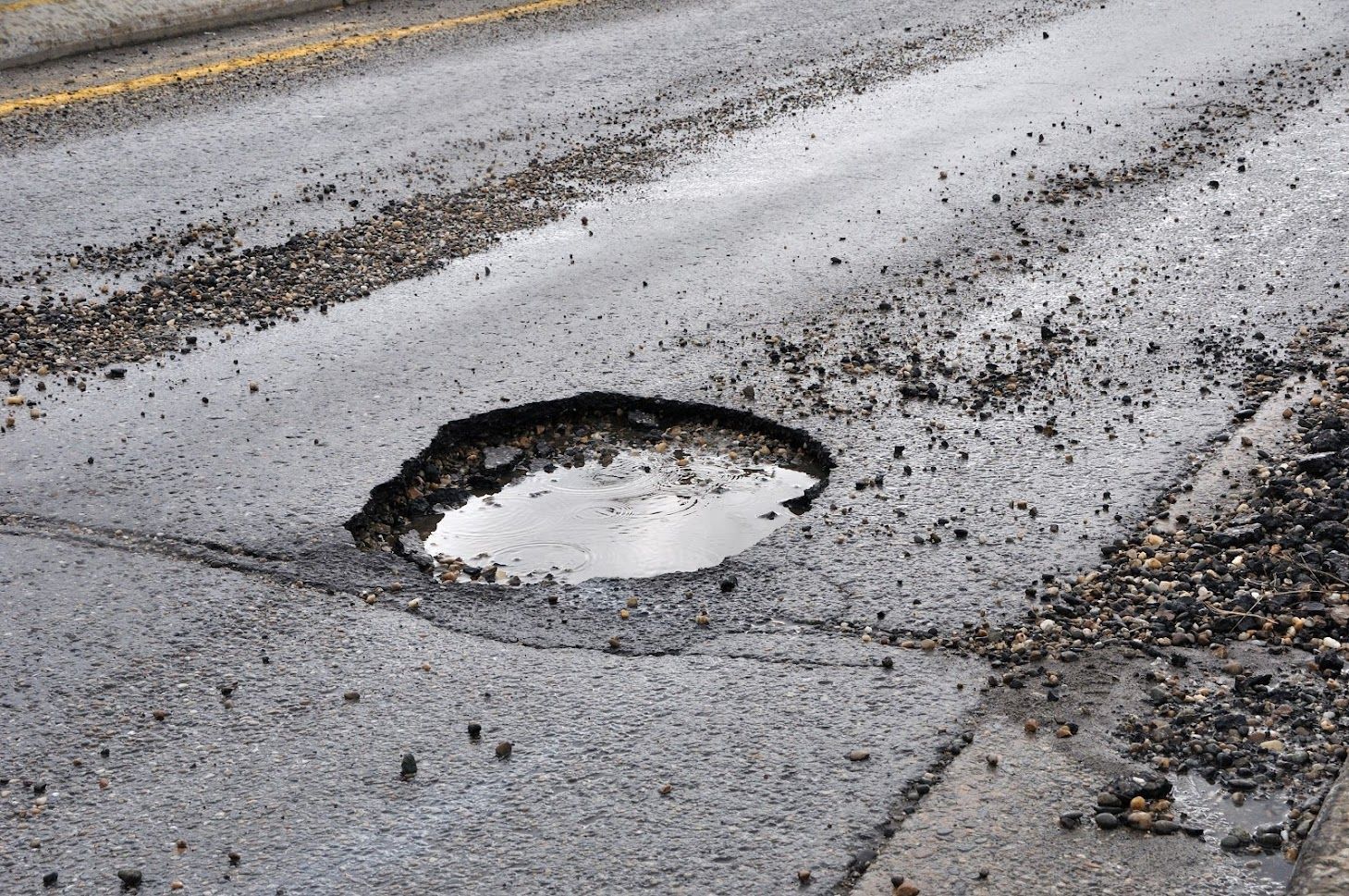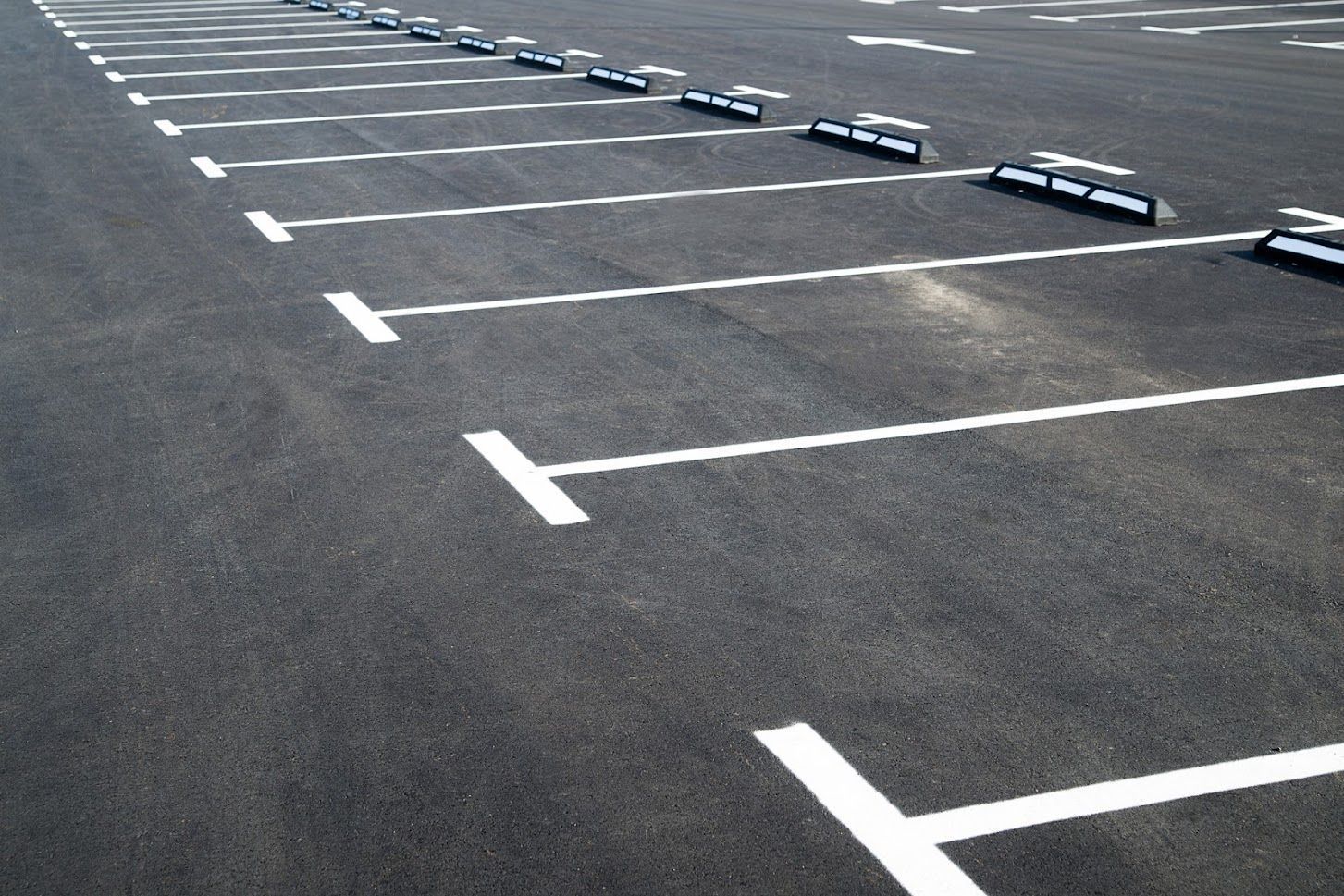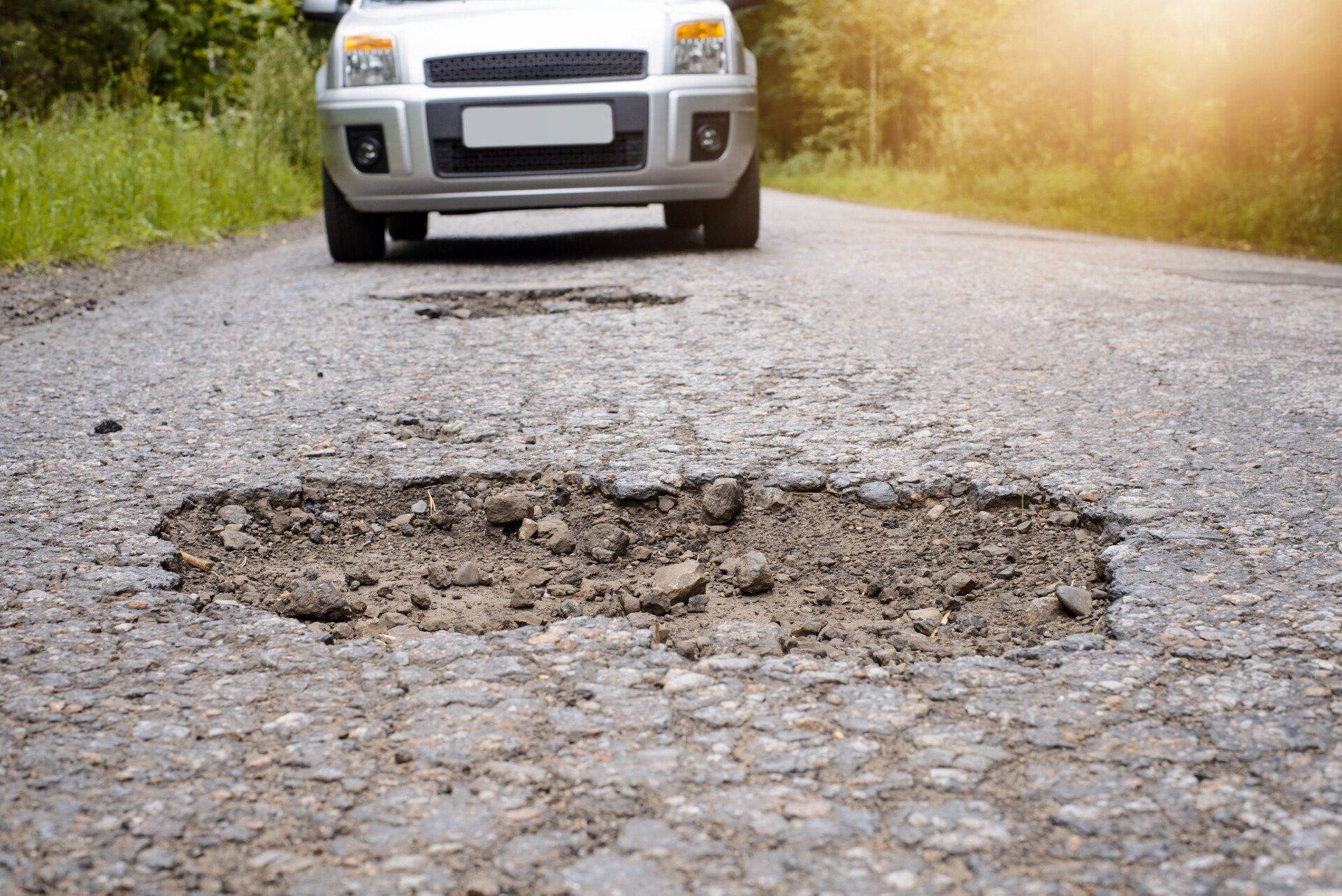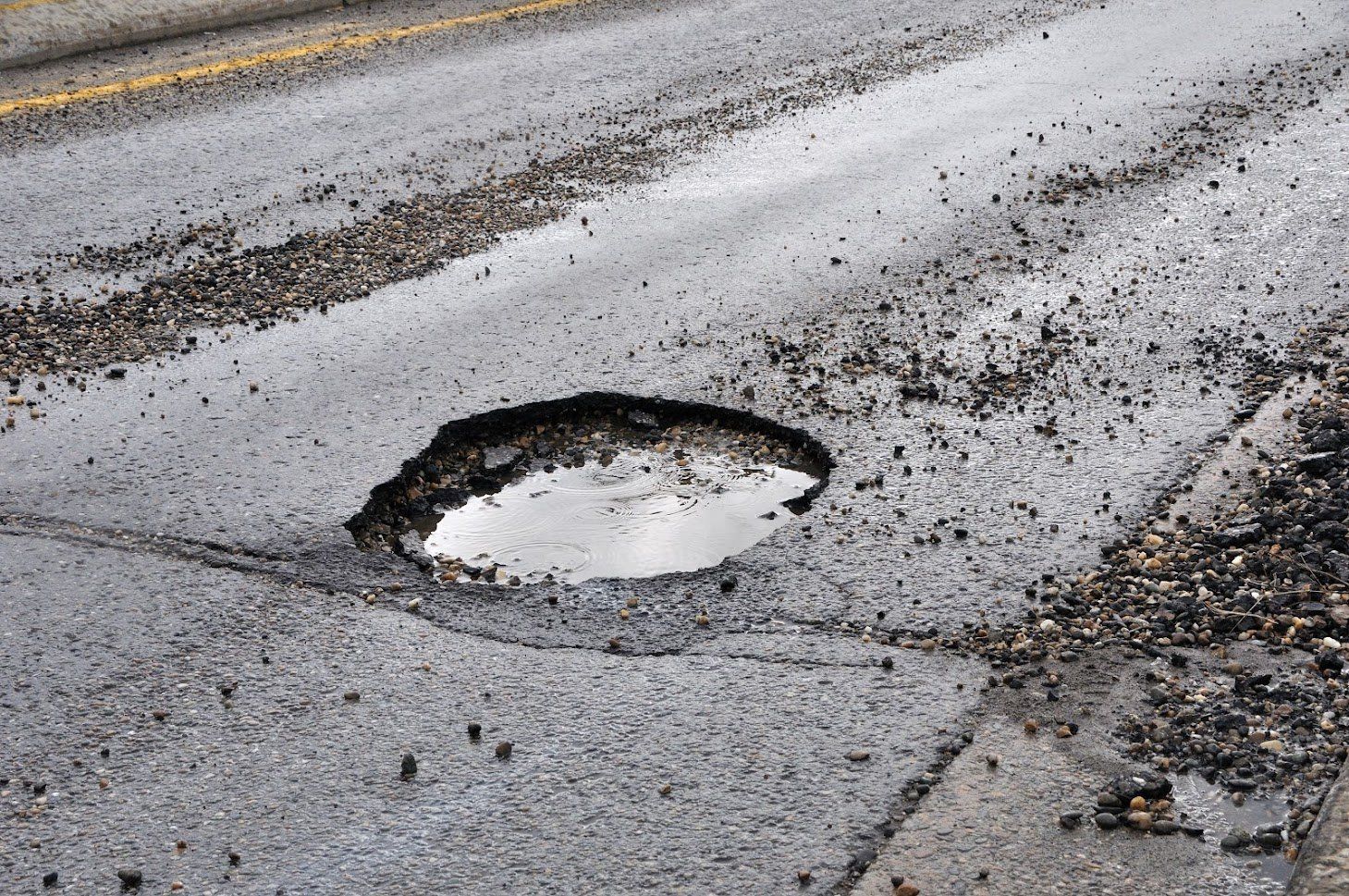The What, When, and How of Commercial Asphalt Milling
July 27, 2021
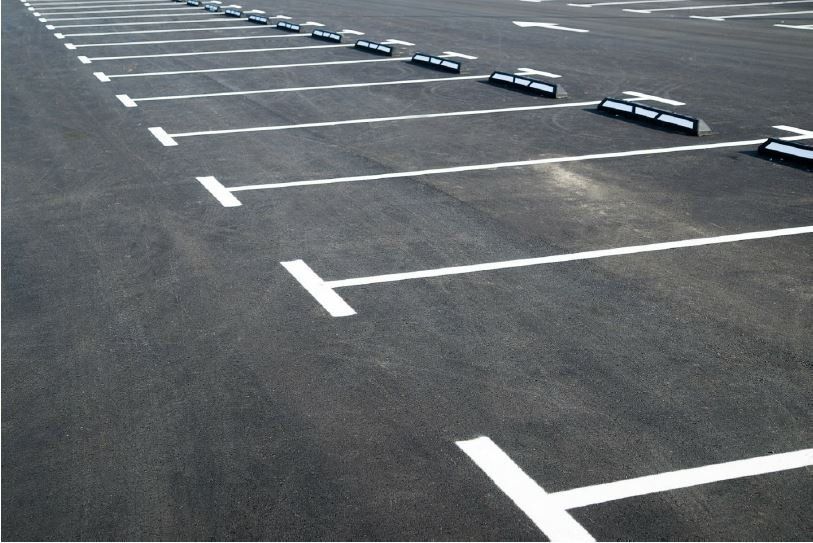
Commercial properties rely on their parking lots for both curb appeal and practical utility. Old, worn-out parking lots are not only unattractive, but they also pose safety hazards and potential legal liabilities. For these reasons, maintaining your building's parking lot is an essential part of keeping your property in safe, usable condition.
All asphalt surfaces eventually reach the end of their useful lifespan, but you have multiple options for how to deal with a parking lot that's no longer safe or attractive. The simplest solution is an overlay, which involves installing a new asphalt layer over the existing one, but this isn't ideal for every situation. If an overlay will not work for your particular case, then milling is an excellent alternative.
What Is Milling?
Milling is a form of resurfacing that involves tearing up and reusing the existing surface. Milling is distinct from the overlay process, in which contractors install a new layer of asphalt over the existing parking lot surface. When you have your parking milled, contractors will remove a significant portion of the upper pavement layer. The amount milled will vary based on the condition of the parking lot.
Milling has several advantages over other forms of asphalt replacement. Since you're replacing the entire upper layer of asphalt, you'll be restoring a smooth and fresh parking lot surface. Unlike adding a new asphalt layer, there's no risk of previous imperfections impacting the new pavement. As long as your sublayer remains solid, milling can make your parking lot as good as new again.
Even better, milling is a highly sustainable form of renewal. If you remove only the upper layer, your contractor will haul the millings away for recycling and reuse. For deeper milling, you can reuse the remains of your old lot to form a new base for your asphalt. Either way, none of the milled material goes to waste.
When Should You Consider Milling?
Milling is a form of parking lot replacement, so it's not something you need to plan for regularly. If your parking lot has only minor or scattered problems, then spot fixes and patches might be a better solution. Likewise, parking lots where most of the asphalt surface remains in good condition might be a better candidate for straightforward resurfacing without milling.
Milling your lot works best when the existing surface is essentially unsalvageable. This condition may occur because the pavement is well beyond its useful lifespan or because you've neglected existing damage. Adding a new layer of asphalt might not solve severe problems, causing your new surface to look unsightly or fail more quickly.
This technique is also helpful when your parking lot surface is no longer perfectly even. Adding new pavement to the top of an uneven lot rarely solves the problem, while milling allows some degree of regrading. Deep milling to the base or subgrade layers can even allow you to address drainage problems or other issues with the parking lot foundation.
How Can You Plan for Milling Your Parking Lot?
While milling offers many potential advantages, it's a significant project that may take some time and preparation. If you think your parking lot requires milling and resurfacing, your first step should always be to consult with an experienced pavement contractor. They can evaluate your parking lot to determine if milling is necessary and, if so, the milling depth required to restore the surface.
Once the project starts, expect your parking lot to remain unusable for several days. The milled surface won't be safe to drive on, and your contractors will likely have heavy equipment in place for the duration of the milling and resurfacing. You'll also need to remove any permanently parked vehicles from the lot while the work is underway.
If you're looking to restore your worn-out parking lot, then J&B Asphalt can help you find a cost-effective solution. We can help you with milling, overlays, or simple repair work. Get in touch
with us today to begin planning your parking renewal project.
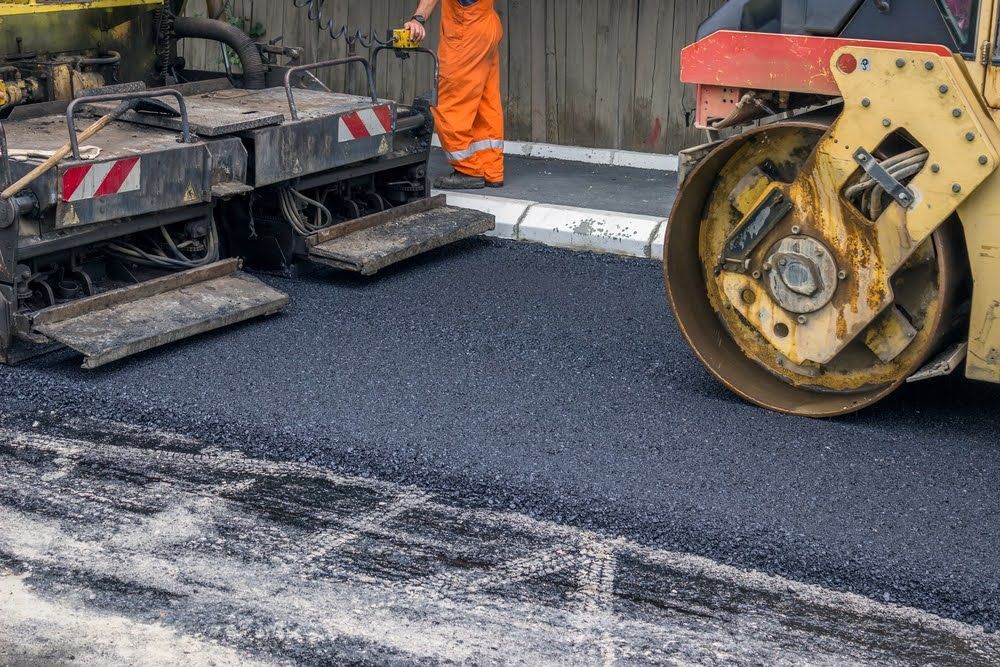
Asphalt paving is important in constructing and maintaining roads, driveways, and parking lots. It is a low-cost, long-lasting material that withstands heavy traffic and extreme weather conditions. But a few common mistakes can be made when paving with asphalt, leading to a weak surface that only lasts for a short time. Here are some of the most common blunders to avoid when paving with asphalt. Inadequate Base Preparation The asphalt surface will probably crack and get holes over time if it is not leveled or packed down well. The base must be excavated to a specific depth and width before the asphalt can be laid. The base material should mix crushed stone, gravel, and sand to provide a stable and long-lasting foundation for the asphalt. Then, this material should be leveled and pressed down with a roller to make a smooth, stable asphalt surface. Using the Incorrect Asphalt Mix The asphalt mix is made by mixing asphalt cement with a certain amount of aggregate, such as crushed stone, gravel, or sand. The ratio of aggregate to asphalt cement will change based on how the surface will be used and how much traffic it will get. When the wrong mix is used, the surface becomes weaker and more prone to cracking and damage. A mix that is too heavy on aggregate and too light on asphalt cement, for example, will not provide enough stability and will crack under heavy traffic. A mix that is too heavy on the asphalt cement and too light on the aggregate, on the other hand, will be more prone to rutting and deformation. Not Properly Compacting the Asphalt After laying the asphalt, it should be compacted with a roller. Compacting the asphalt removes air pockets and ensures a smooth and stable surface. Asphalt that has not been properly compacted is more prone to cracking and shifting. Compaction should be done in multiple passes, beginning with a light pass to remove any air pockets, followed by heavier passes to ensure a smooth and stable surface. The installer should move the roller slowly to ensure the asphalt is properly packed. Leaving the Asphalt Unsealed Sealing the asphalt will protect it from the elements and extend its life. A seal coat is a thin layer of asphalt that is poured over the asphalt. This liquid asphalt layer will shield the surface from water, oil, and UV rays. If the asphalt is not sealed, it is more likely to crack and be damaged by water, oil, and UV rays. The seal coat should be applied a few months after asphalt installation to let the asphalt fully cure. Not Using a Professional Asphalt Contractor Hiring a contractor who isn't qualified or doesn't have enough experience can lead to bad work, a weak surface that doesn't last long, and even expensive repairs or complete repaving. However, a professional contractor will know how to prepare the foundation, use the right mix, pack down the asphalt, and seal it. Working with a professional contractor ensures all permits and inspections are in place and that the work is done according to local rules and codes. They will also have all the tools and resources they need to do the job well and quickly. Look no further than J & B Asphalt & Paving for professional asphalt paving services. Our skilled and experienced professionals are dedicated to delivering lasting, high-quality results. We take special care to ensure a smooth and long-lasting surface. In addition, our team is up to date on all requirements to ensure your work is done per local codes and regulations. Don't take any chances regarding your asphalt paving requirements. Contact us today to set up a consultation and learn more about how we can assist you with your next project.
